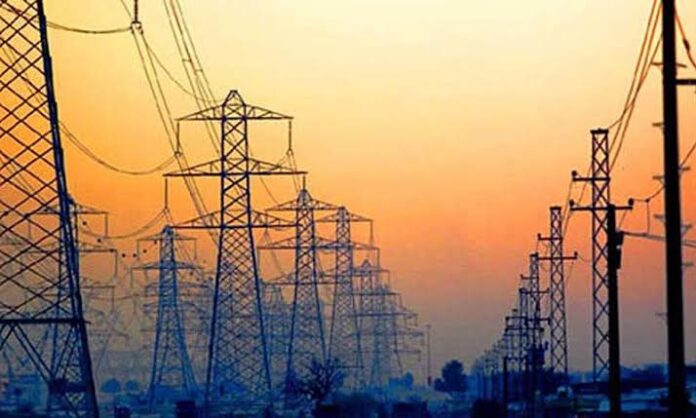KARACHI: K-Electric (KE) on Monday, reiterated that only segmented load-shedding which is in line with the National Power Policy 2013, to address the issue of pervasive power theft and load-management, is being carried out in the city.
According to the electric power company, no unscheduled load-shedding is being carried out in any part of Karachi.
KE said that segmented load-shedding follows a schedule which is duly notified to registered customers via SMS and is also available on the company’s website.
Segmented load-shedding is based on the theft-profile of areas and is determined by the Aggregate Technical and Commercial (AT&C) losses in any area.
According to KE’s statement, the power utility conducts a periodic review wherein it evaluates the loss of each area and profiles it as high or low loss respectively. Even in Very High Loss (VHL) areas, where electricity losses extend above 45 per cent, K-Electric supplies power up to 15 to 16 hours in a day.
In order to counter power theft, KE has converted Pole-Mounted Transformers (PMTs) to aerial bundled cables. The power utility in 2020 alone has removed close to 200,000 kilogrammes (kg) of illegal wires from electricity infrastructure in areas including Malir, Landhi, Korangi, Orangi, Baldia and Lyari, said KE in its statement.
As a result, Transmission and Distribution (T&D) losses reduced from 36 per cent in 2009 to 19.7 per cent in 2020, said KE.
The power utility company has clarified that while load-shedding is routinely carried out in areas with pervasive power-theft and is independent of power supply, in contrast, load-management is necessitated in unavoidable circumstances when the gap between power supply and demand widens for a brief duration.
It further said that the current electricity crisis has been caused by circumstances outside KE’s control such as delayed regulatory and governmental approvals for power projects, inconsistent fuel quantities, low gas pressure and constrained supplies from various Independent Power Producers (IPPs).
KE said that in order to provide relief to its residential customers it has been managing load through industrial load-shedding despite this impacting negatively on the company’s financial health and profitability. “At the same time K-Electric is moving forward with an ambitious investment plan which would see $2 billion spent across the power value chain over the next three years, including a 900 Megawatts (MW) Re-gasified Liquefied Natural Gas (RLNG) fired power plant as well as downstream transmission and distribution upgrades,” the company said.
Furthermore the company added that in order to evacuate additional power from the national grid on priority, it will also be investing in interconnection infrastructure and has already sought necessary regulatory and governmental approvals, following which 2,100 MW will be added to Karachi’s power supply by 2023.
























